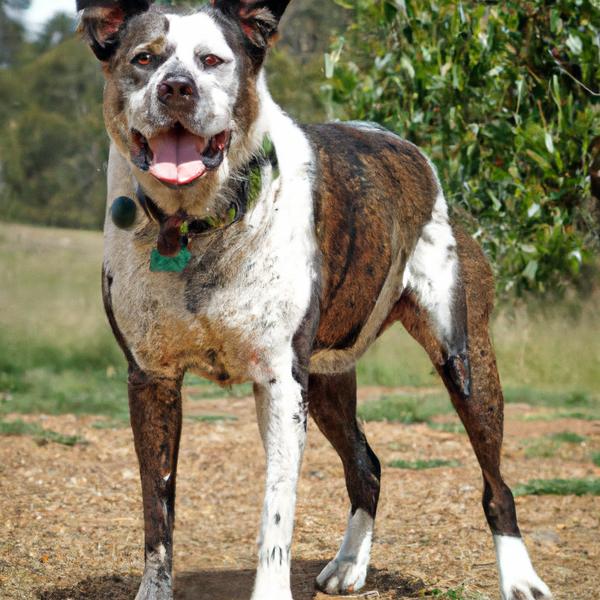Australian Boxherd vs. Belgian Malinois: Breed Differences and Similarities
Hypoallergenic
Are Australian Boxherds or Belgian Malinoiss hypoallergenic, or neither?
Unfortunately, neither Australian Boxherd nor Belgian Malinois are hypoallergenic, which may not make them the best choice for dog lovers who suffer from pet allergies.
Temperament
What are the personalities of Australian Boxherd and Belgian Malinois dogs?
Active
Playful
Loving
Energetic
Protective
Intelligent
Confident
Friendly
Affectionate
Loyal
Fearless
Good-natured
Brave
Bright
Active
Alert
Confident
Friendly
Hard working
Protective
Stubborn
Watchful
Shedding Level
Do Australian Boxherds shed more than Belgian Malinoiss, or which breed sheds more, Australian Boxherds or Belgian Malinoiss?
Australian Boxherd or Belgian Malinois dogs are not heavy shedders, but they will lose a significant amount of hair each year. To decrease the amount of shedding, you can regularly brush your Australian Boxherd or Belgian Malinois. This will remove loose hair and keep their coat growing in the same direction.
Watchdog Ability
Which dog breed makes a better watchdog, the Australian Boxherd or Belgian Malinois?
Avoid Australian Boxherds as watchdogs - they're not effective.
Choose a Belgian Malinois if you want a top-notch watchdog. This breed takes guarding seriously, and may not require much training, though obedience or guard dog training can improve their skills.
Ancestry
What are the origins of Australian Boxherd and Belgian Malinois breeds?
Boxer, Australian Shepherd
Shepherd Dog
Breed recognition
Which kennel clubs recognize/register Australian Boxherd and Belgian Malinois?
DRA = Dog Registry of America, Inc.
American Canine Registry
American Kennel Club
America's Pet Registry
Canadian Kennel Club
Dog Registry of America Inc.
Federation Cynologique Internationale
Kennel Club of Great Britain
North American Purebred Registry, Inc.
American Canine Association, Inc.
Australian National Kennel Council
Continental Kennel Club
National Kennel Club
New Zealand Kennel Club
United Kennel Club
Date of Birth
When were Australian Boxherd and Belgian Malinois breeds first developed?
Unknown
1800s
Litter Size
What is the usual litter size for Australian Boxherd and Belgian Malinois?
An Australian Boxherd can have a litter of 6-9 puppies on average. However, it's worth noting that the size of the litters can vary greatly. Factors that can influence litter size include the health of the mother, breeding history, and genetics.
A Belgian Malinois can have a litter of 12-14 puppies on average. However, it's worth noting that the size of the litters can vary greatly. Factors that can influence litter size include the health of the mother, breeding history, and genetics.
Adaptability
Australian Boxherd and Belgian Malinoiss are known for their adaptability and versatility. They are capable of adapting well to a wide range of lifestyle changes and living environments, making them great companions for families and individuals of all lifestyles.
Health Issues
Between Australian Boxherd and Belgian Malinois, which breed is more prone to health problems?
Australian Boxherd and Belgian Malinois breeds are generally considered to be healthy. However, like all breeds, they are susceptible to certain health issues and it is important to keep an eye out for them and address them with your veterinarian as needed.
Major Concerns
What are the major health concerns for Australian Boxherd and Belgian Malinois breeds?
Cardiomyopathy
Hip Dysplasia
Subvalvular Aortic Stenosis
Collie Eye Anomaly
Usually A Very Healthy Breed
Minor Concerns
What minor health issues should be kept in mind when owning Australian Boxherd and Belgian Malinois?
Cataracts
Epilepsy
Bloat
Nasal Solar Dermatitis
Pelger - Huet Syndrome
Iris Coloboma
Hypothyroidism
Epilepsy
Pannus
Skin Allergies
Occasional Tests
What occasional tests are recommended for Australian Boxherd and Belgian Malinois breeds?
Eye
Blood
Blood Test
Heart
Skeletal
Skin Scraping
X-Rays
Hip
MRI
Eye Examination
Allergy Tests
Energy
How do the energy levels of Australian Boxherds and Belgian Malinoiss compare?
Australian Boxherds' high energy levels make them unsuitable for a low-key dog, choose accordingly.
Belgian Malinoiss thrive on an active lifestyle due to their high-energy nature.
Social Needs
Australian Boxherd vs Belgian Malinois social needs comparison
Australian Boxherd has very high social needs and requires regular mental and physical stimulation, a job or purpose, and companionship.
Belgian Malinois has above average social needs and thrives with interaction with humans and other dogs.
Exercise Needed
Australian Boxherd vs Belgian Malinois exercise need comparison.
Australian Boxherds need only a small amount of physical activity, ideal for busy or elderly people or those with limited space.
Belgian Malinoiss need high physical activity and are ideal for active individuals, but not suitable for sedentary lifestyles or small apartments.
Sleeping Need
Which of the two sleeps the most/least: Australian Boxherd or Belgian Malinois?
Australian Boxherd and Belgian Malinois are active dogs that may not require as much sleep as other breeds. However, they still need enough sleep to stay healthy.
Tendency to Bark
Do Australian Boxherds or Belgian Malinoiss bark more/less frequently?
Australian Boxherds are typically quiet and only bark when needed, such as to alert their owner or when in distress.
The Belgian Malinois is a vocal breed that frequently barks and howls, and may not be suitable for those seeking a quiet companion.
Mouthiness
Mouthiness Comparison: Australian Boxherd vs Belgian Malinois?
Roaming urge
Australian Boxherd vs Labrador: Running away tendency?
Prey Drive
Australian Boxherd or Belgian Malinois - which breed has a higher level of prey drive?
Past times
What are some enjoyable activities and ways to keep Australian Boxherd and Belgian Malinois entertained?
Tug-of-war, Walk, Run, Hide & Seek, Frisbee, Trick, Cuddles, Nap, Swim, Running, Play, Play keep away, Fetch, Training, Walks, Toys
Explore, Run, Running, Walks, Walk, Catch treats, Play, Ball fetching, Item searching, Frisbee, Chase, Fetch, Hide & Seek, Walking, Sprints, Riding in truck, Fetching games, Bitting Bones
Tolerance of being left alone
Grooming
Which breed is easier to maintain in terms of grooming, Australian Boxherds or Belgian Malinoiss?
The Australian Boxherd has low grooming needs and is easy to maintain.
The Belgian Malinois requires an average amount of grooming compared to other breeds.
Intelligence
Comparing Intelligence: Australian Boxherds vs Belgian Malinoiss
Australian Boxherds are average in obedience intelligence but have a high IQ and may cause trouble if left unsupervised.
Belgian Malinois is a very intelligent and trainable breed.
Sensitivity Level
How do Australian Boxherd and Belgian Malinois compare in sensitivity?
This breed is sensitive to its environment and best suited for patient and understanding families with a consistent routine.
This breed is sensitive and requires gentle handling and a calm home environment.
Affection Dependance
Which is the more affectionate dog breed: Australian Boxherd vs Belgian Malinois?
Apartment Friendly
Which breed is more apartment-friendly: Australian Boxherd or Belgian Malinois?
The Australian Boxherd is a great apartment dog, thriving with sufficient exercise and time outside as part of their daily routine.
Belgian Malinoiss are good apartment dogs as long as they get enough exercise and stimulation outside of the apartment.
Child Friendly
Do Australian Boxherds or Belgian Malinoiss have a friendlier temperament towards children?
Australian Boxherds make excellent family pets for kids due to their gentle, protective nature and calm temperament.
Belgian Malinoiss are good with kids if socialized and trained from a young age.
Senior-friendly
Which dog is more suitable as a pet for the elderly - Australian Boxherd or Belgian Malinois?
Cat Friendly
Do Australian Boxherd or Belgian Malinois breeds have a better compatibility with cats?
Australian Boxherds and Belgian Malinoiss are an average cat friendly dog. They do well with cats, even more if raised together from puppyhood.
Dog Friendly
Which breed is more sociable with other dogs: Australian Boxherd or Belgian Malinois?
{Australian Boxherds and Belgian Malinoiss are average friendly towards other dogs. If they are raised with other dogs, they are likely to get along with them. And, if they are socialized properly from a young age, they will usually be great with other dogs.
Pet friendly
How do Australian Boxherd or Belgian Malinois dogs interact with other pets?
Stranger Friendly
Which breed is more friendly with strangers: Australian Boxherd or Belgian Malinois?
Australian Boxherds are averagely friendly around strangers but benefit from early socialisation.
Belgian Malinoiss are quick to announce strangers and can be standoffish or suspicious.
Playfulness
Which breed is more playful between Australian Boxherd and Belgian Malinois?
Australian Boxherd and Belgian Malinois are known to be highly playful dogs. So if you're not up for all that, think about adopting slightly older Australian Boxherd and Belgian Malinois for a mellower experience.
Trainability
How do the trainability levels of Australian Boxherds and Belgian Malinoiss compare?
Australian Boxherds are popular for their ease of training and quick learning ability.
The Belgian Malinois is highly intelligent and eager to please, making it a great choice for both novice and experienced dog owners due to its easy trainability.
Compare Australian Boxherd with other breeds
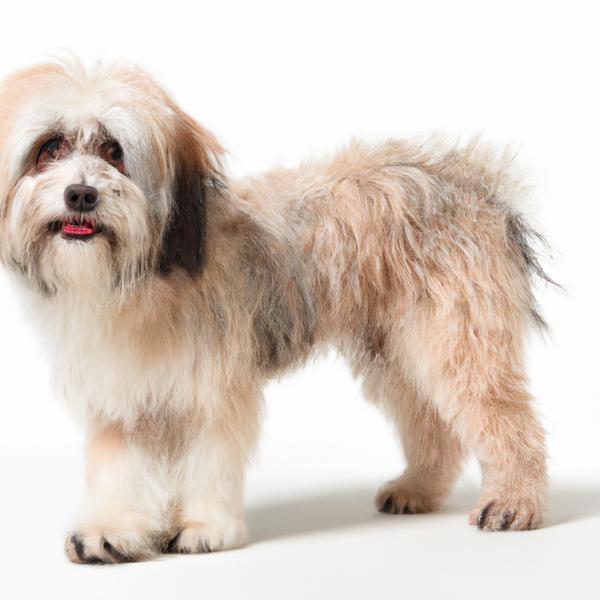
La-Chon
Australian Boxherd vs La-Chon

Yorkie Russell
Australian Boxherd vs Yorkie Russell
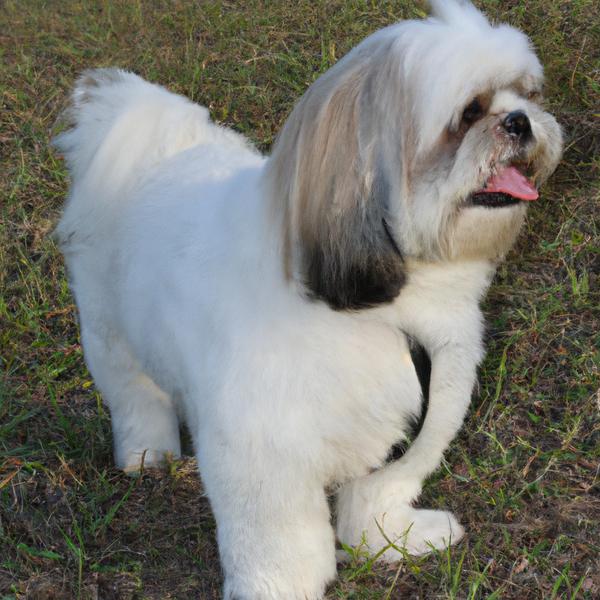
Shih Apso
Australian Boxherd vs Shih Apso
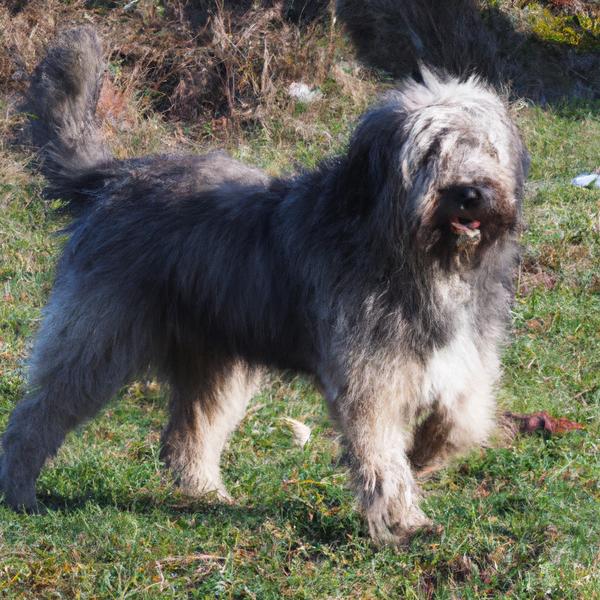
Pyrenean Shepherd
Australian Boxherd vs Pyrenean Shepherd
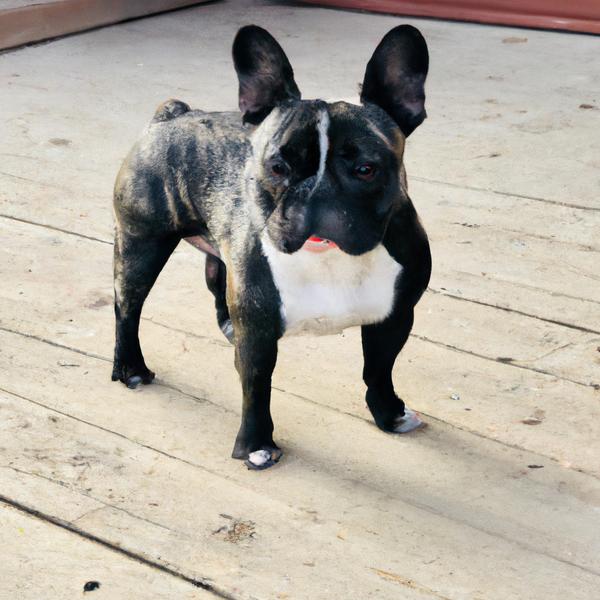
French Bulloxer
Australian Boxherd vs French Bulloxer

Bernese Cattle Dog
Australian Boxherd vs Bernese Cattle Dog
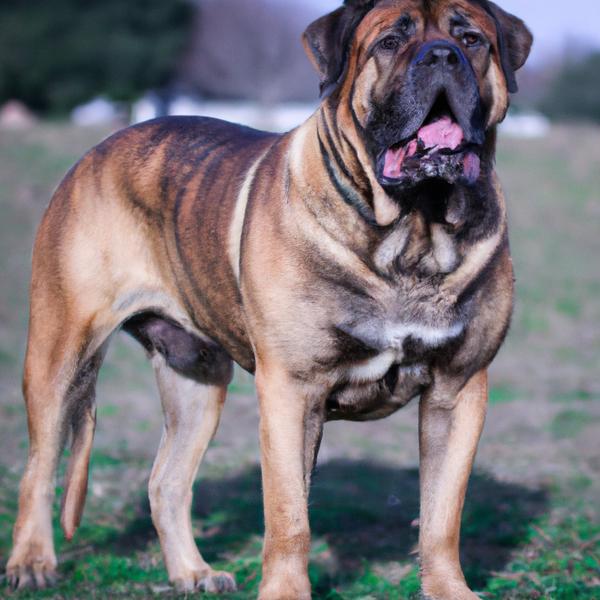
Bullsky Mastiff
Australian Boxherd vs Bullsky Mastiff
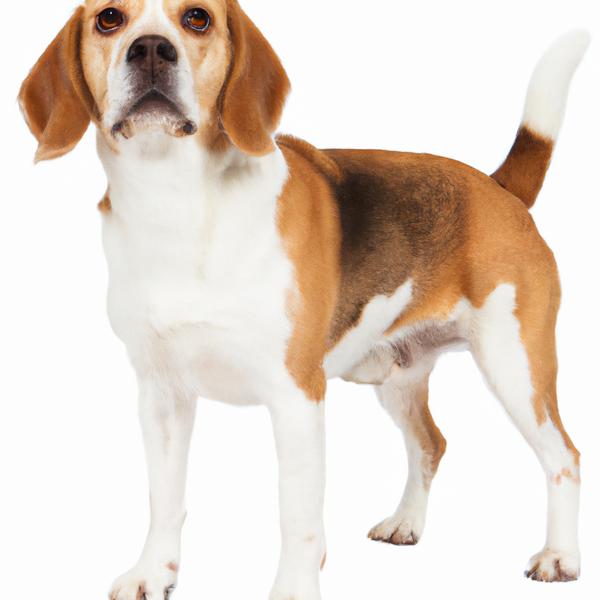
Beagleman
Australian Boxherd vs Beagleman
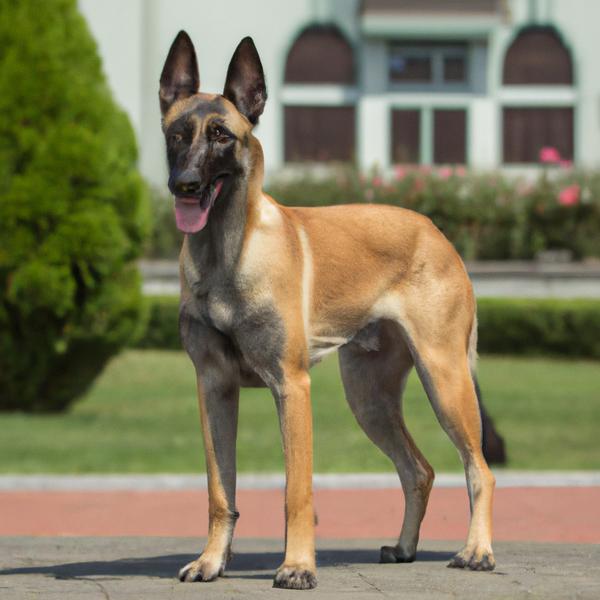
Belgian Malinois
Australian Boxherd vs Belgian Malinois
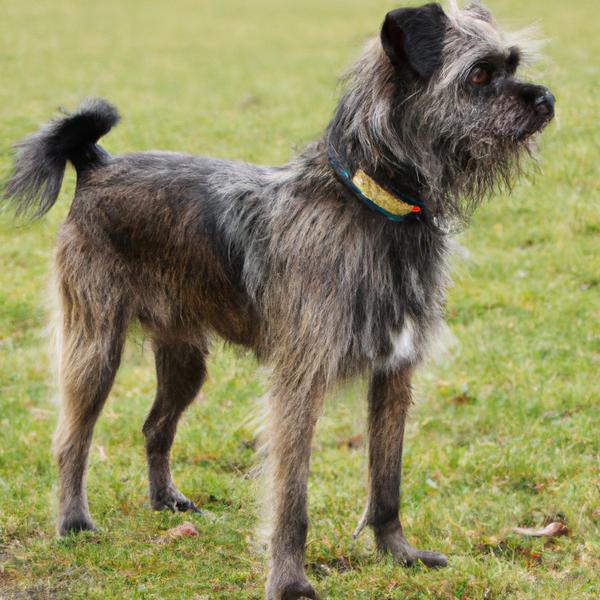
Bea Griffon
Australian Boxherd vs Bea Griffon
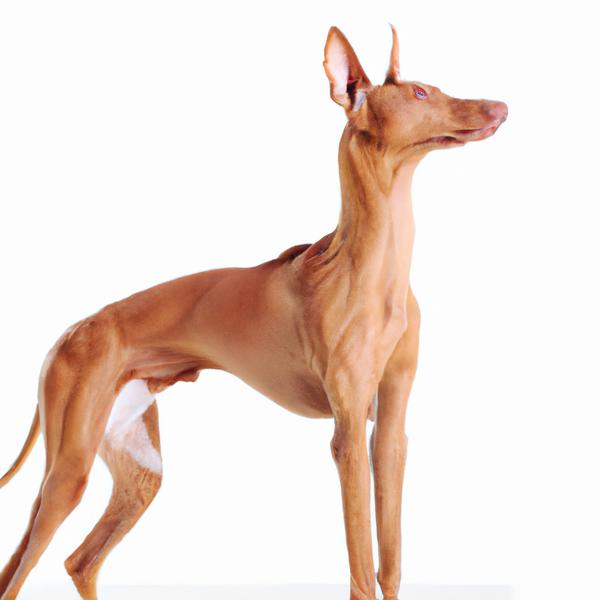
Pharaoh Hound
Australian Boxherd vs Pharaoh Hound

Bergamasco Shepherd
Australian Boxherd vs Bergamasco Shepherd
